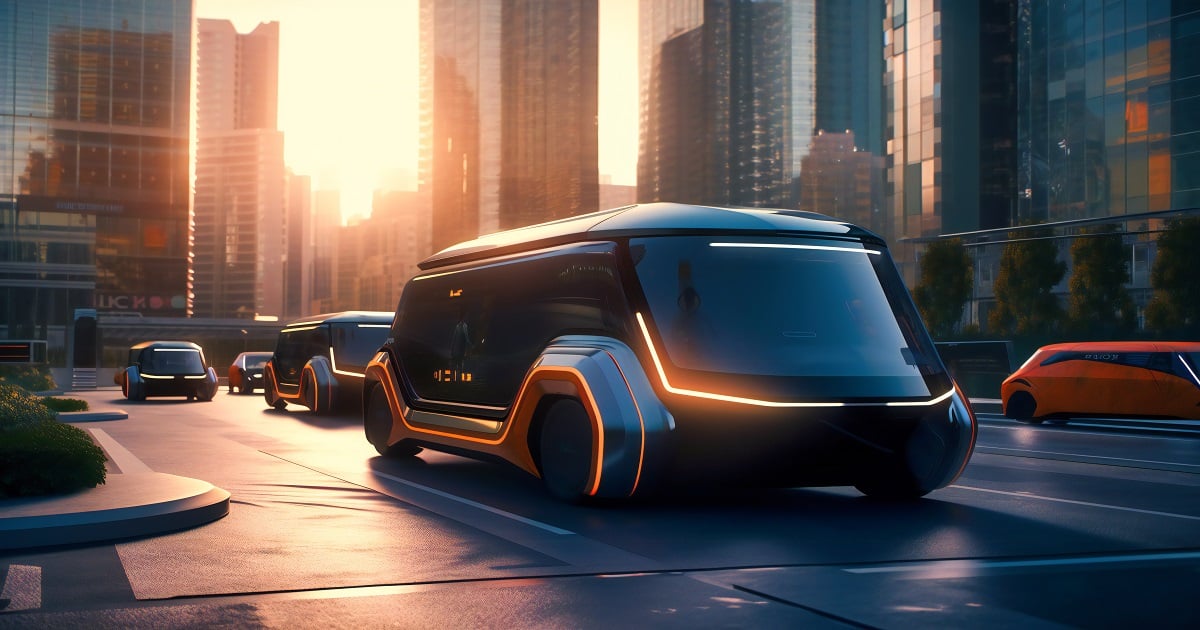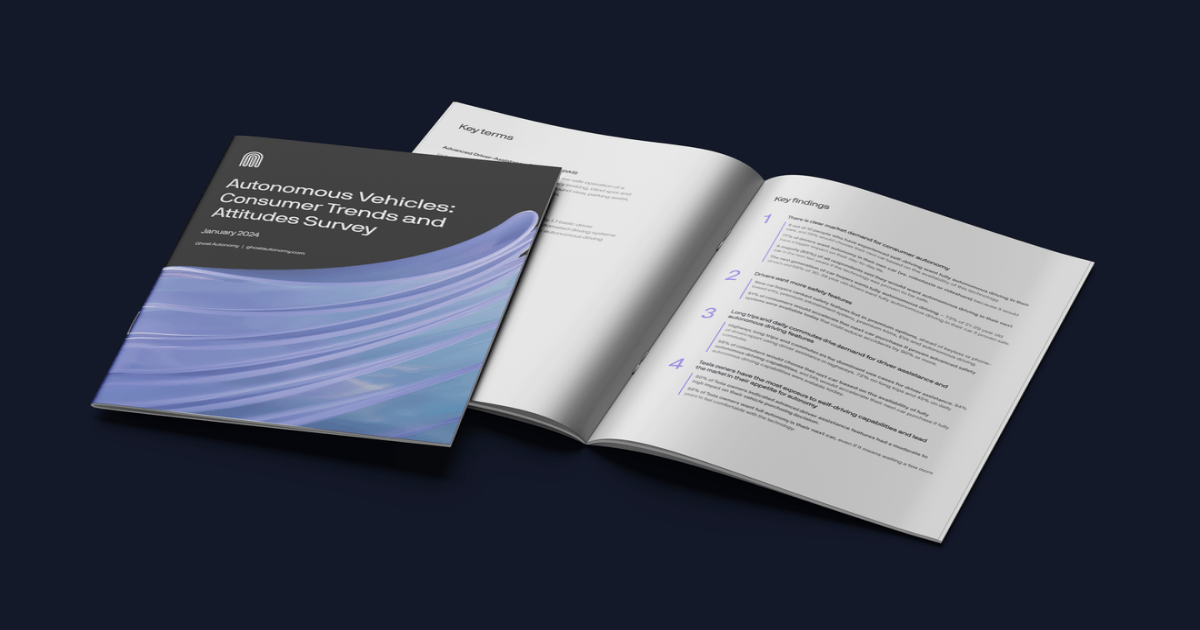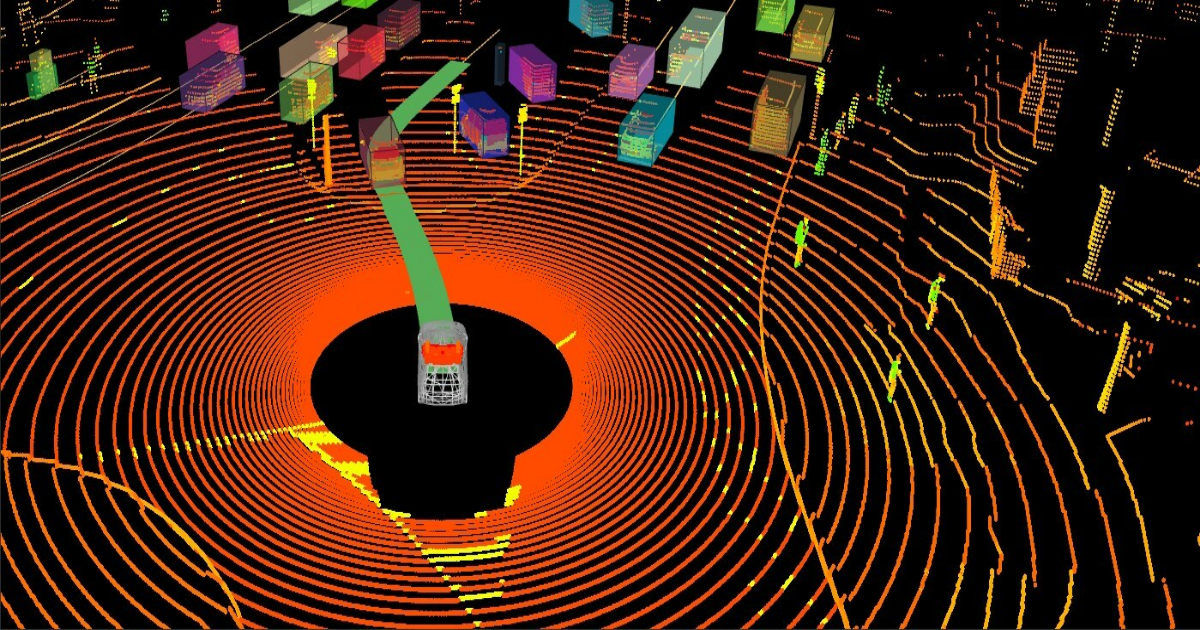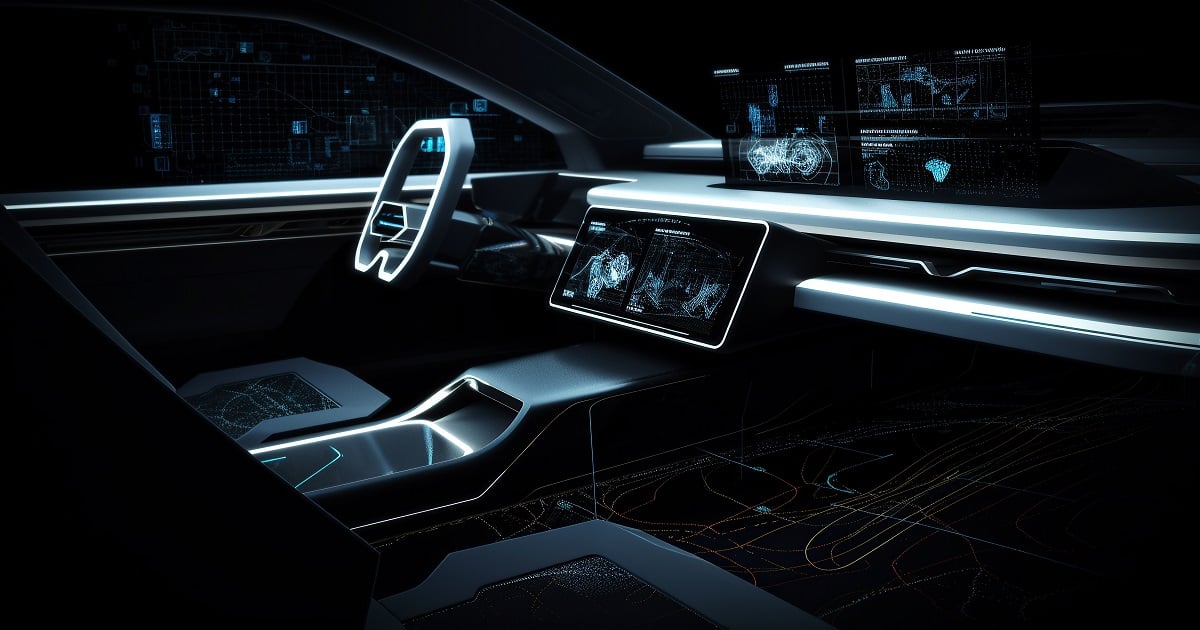It’s Monday morning and the start of another important week. Already running late, you notice it’s raining and brace yourself for a long, challenging commute. To make matters worse, you spill hot coffee all over yourself trying to make your way to the car. After a change of clothes and an hour ride in stop-and-go traffic, you spend another 10 minutes driving in circles looking for a parking spot. When you reach your office at last, you feel like you already need a nap (or at least another cup of coffee).
For the 128.3 million Americans who commute to work, this scenario is all too familiar. In fact, the U.S. Census Bureau estimates that it takes the average worker 26 minutes to travel to work (up 20 percent over the past 30 years). Additionally, longer commutes have been proven to negatively impact people’s productivity, health and well-being. Further research shows that motorists spend about 17 hours a year searching for parking spots. Just think of all the time, fuel and patience we expend getting from point A to point B.
With the advances in connected transportation technology, driven by the Internet of Things (IoT), the commute as we know it will change for the better. As more trucks, cars, trains, planes, ride shares and buses connect with sensors, wireless infrastructures and other IoT applications, our commute – and our daily lives – will become virtually frictionless. Imagine a seamless journey from to your office, without ever having to worry about getting that last parking spot or beating rush hour traffic. Let’s take a second look at our above scenario, this time from a futuristic perspective of a day in the life with connected transportation:
7 a.m. It’s Monday morning and the start of another busy week (sorry, technology can’t help you here). You jump out of bed and notice it’s raining. You open an application on your phone – which is connected to your new, state-of-the-art, highly automated vehicle. Leveraging real-time traffic and weather data and analyzing your typical route to work, the app advises you to leave 10 minutes early to accommodate for slick roads and slower traffic flow.
7:45 a.m. Ready for work, you hop in your car and start the ignition through voice commands, coffee safely in hand. As you hit the highway, you notice a digitized speed limit sign – cautioning drivers to stay in the 55 mph zone, based on real-time speed data collected from connected vehicles on the road (it’s raining, after all). Although you’re moving at a slower speed, you’re still moving. Of course, you let your automated vehicle do the driving, while you get a head start reading morning emails.
7:55 a.m. You’re commute is going smoothly, but you can’t help but feel a bit nervous for a big meeting scheduled for this afternoon. Using biometric sensors to monitor your heartbeat and blood pressure, your vehicle “notices” your stress levels begin to elevate. Immediately, the car switches the radio dial to a soothing classical music station and tilts your seat back slightly, instantly calming your nerves.
8:10 a.m. Your exit is next, but you receive an alert on your dashboard that there’s just been an accident on the ramp. Your car safely guides you through a detour, completely bypassing any backups.
8:15 a.m. After avoiding the accident, you realize you have a few minutes to spare to grab a second cup of coffee. You quickly place your order from an in-vehicle app. Then, using location-based services, the car automatically notifies the coffee shop when you are close so the order is hot and ready upon arrival. At the drive-thru window, you grab your coffee and continue on your way – there is no need to stop to fumble through your cup holder for loose change, as your car serves as a digital wallet, interacting and paying with the coffee shop’s smart infrastructure.
8:20 a.m. You reach the parking garage across the street from your building and pull up to a designated spot at the curb. You get out of your car and press a button on an application on your phone that engages an automated parking system. The vehicle, communicating with the parking garage’s infrastructure, uses real-time location services to precisely drive itself into an open parking spot. You’ll use the same app to retrieve your car at the end of the day (without wondering where you parked).
8:25 a.m. You walk into your office a whole five minutes early, feeling far less stressed out and ready to tackle your day.
This portrayal of a frictionless commute will one day be a reality. But, there’s still work to be done before we can take full advantage of the convenience, safety and efficiency connected transportation systems have to offer.
To get to this point, municipalities, cities and state governments need to invest in technology architectures and physical infrastructures to help connected vehicles and transportation systems share (and act upon) data. The industry must now begin transitioning to modern, secure networks and build data center architectures that can handle large volumes of data that new connected transportation systems will generate. As this transition progresses, we’ll come closer to experiencing a seamless commute so we can be more productive, healthier and safer – even on Monday mornings.
Edited by
Ken Briodagh





